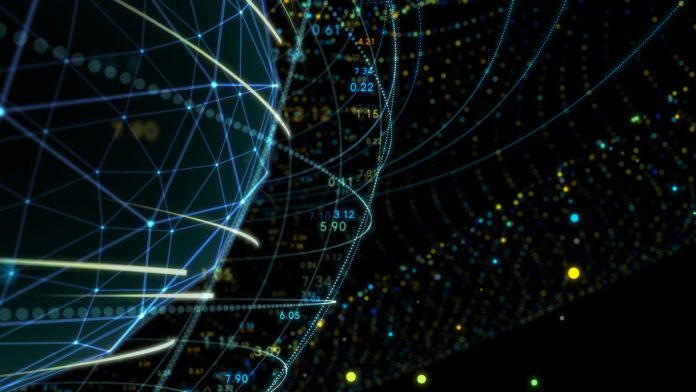Utilising a quantum approach when referring to where the laws of physics collapse could explain what happens at the centre of black holes and what existed before the Big Bang.
One of the major issues in general relativity that separates it from other descriptions of the Universe, such as quantum physics, is the existence of singularities .
Singularities are points, that when mathematically described, produce an infinite value and suggest areas of the Universe where the laws of physics would cease to exist. For instance, this can be points at the beginning of the Universe and at the centre of black holes.
Extending the treatment of singularities in classical physics into quantum physics
A new paper in Nuclear Physics B published by Roberto Casadio, Alexander Kamenshchik, and Iberê Kuntz from the University of Bologna, Italy, proposes that extending the treatment of singularities in classical physics into quantum physics approach could help to solve this disparity between different departments of physics.
“No description of Nature is perfect and complete. Every theory has its domain of applicability, beyond which it breaks down and its predictions no longer make sense,” Casadio explained. He cites Newton’s theories as an example, which are still robust enough to send rockets to space, but fall down when describing the very small, or the tremendously massive.
“This is a serious issue because General Relativity , which is the theory that best describes the gravitational interaction at present , predicts the existence of singularities quite generically,” Casadio added. “It is like having a hole in space, where nothing can exist, but into which observers and everything else will fall nonetheless.”
Singularities are theoretical obstacles
Casadio also suggested that this can be envisaged as a piece of paper with a small hole in it. “You can move the tip of your pen on the paper, which represents the movement of a particle, but if you reach the hole your pen suddenly stops drawing and the particles suddenly disappear,” he said. “This illustrates how singularities are theoretical obstacles preventing us from fully understanding Nature.” Casadio added that the fact that physics ceases to exist at singularities leads to unanswered questions such as: What really happened at the beginning of the Universe? Was everything born out of a point that never really existed? What happens to a particle when it falls into the centre of a black hole?
“These open questions are the very reason we are compelled by our curiosity to pursue this line of investigation,” Casadio exclaimed. “Our approach heavily relies on the methods of Quantum Field Theory (QFT): the framework that combines quantum approach mechanics and special relativity and gives rise to the very successful Standard Model of Particle Physics.”
These authors utilised the tools of QFT to construct a mathematical object that can signal the presence of singularities in experimentally measurable quantities. This object, which they have named the “functional winding number” is non-zero in the presence of singularities and vanishes as a result to their absence.
This approach has revealed that certain singularities predicted theoretically do not affect quantities that can in principle be measured experimentally, and therefore remain harmless mathematical constructs.
“If our formalism survived scientific scrutiny and turned out to be the correct approach, it would suggest the existence of a very deep physical principle, so the choices of physical variables are rather unimportant,” Casadio concluded. “This could be consequential for our understanding of physics, even beyond the subject of singularities.”









